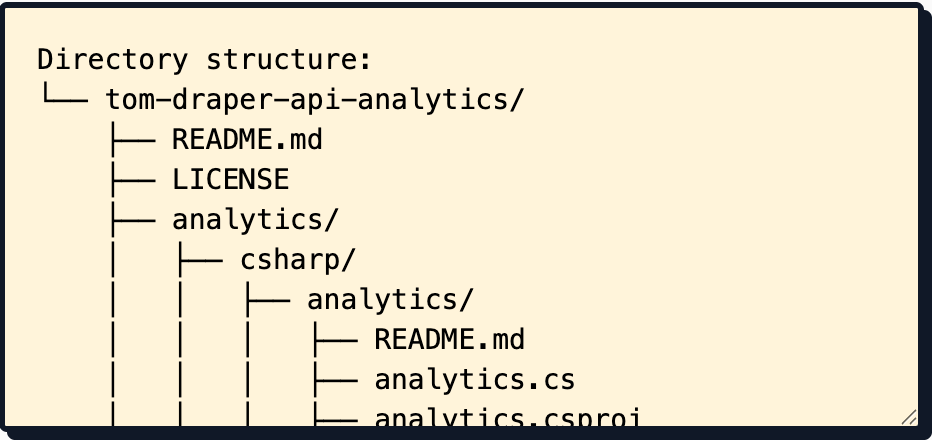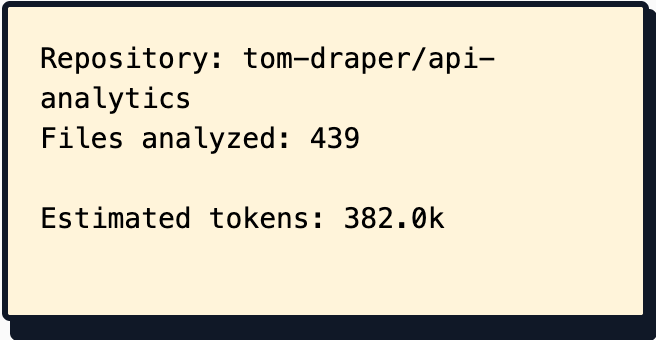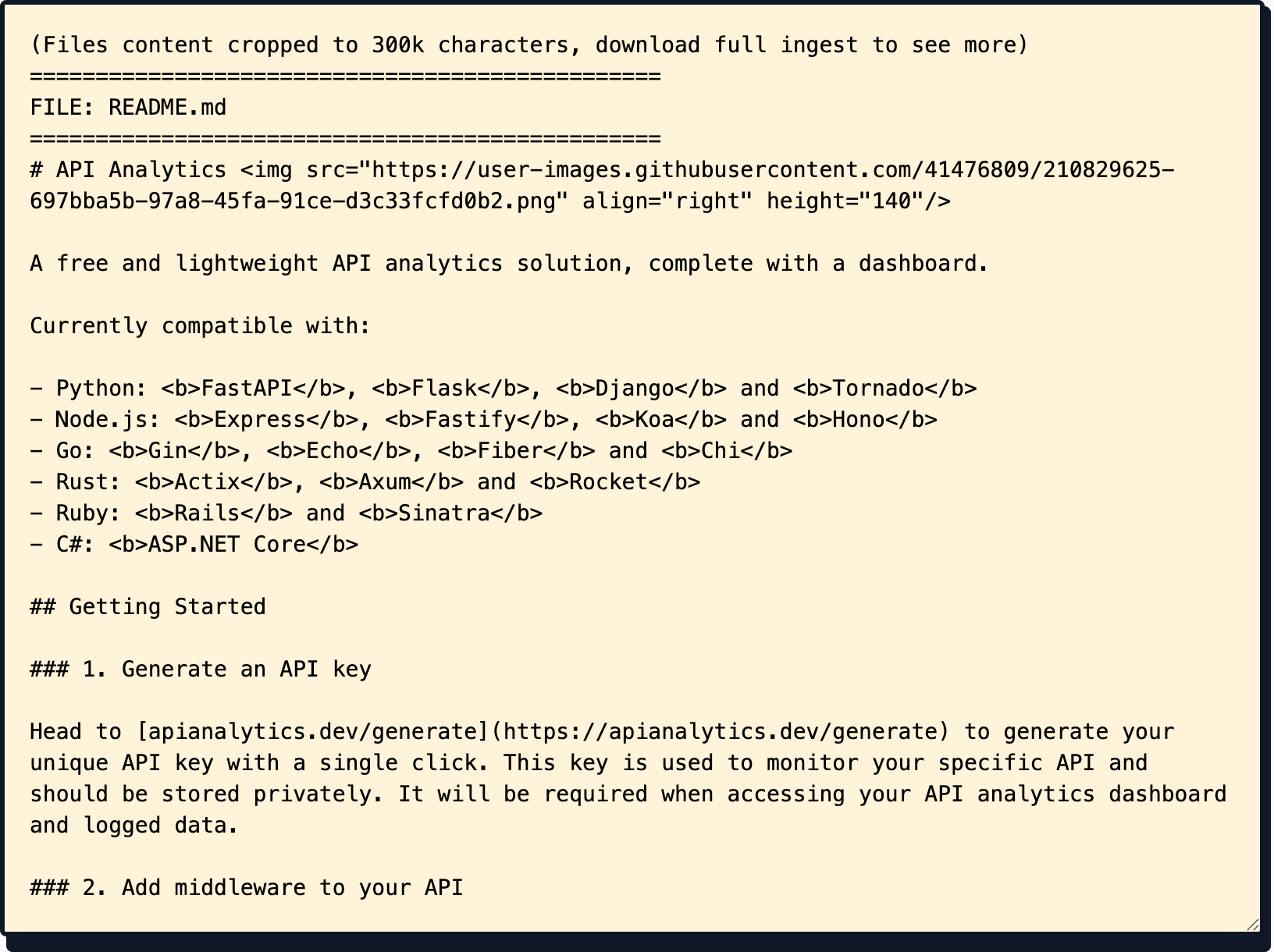Talk to your code

If you've ever wished you could just ask your codebase what it's doing—you're not alone. There are popular agent based solutions which are available like CursorAI , Replit and many more. ahh, they are paid.
And now, thanks to a deceptively simple but incredibly powerful tool called Gitingest, you pretty much can make your code ready for LLM. With simple NLP query you will be able to talk to your code. Yes, that's correct!
What is Gitingest?
Gitingest is a lightweight yet transformative utility(open shource) that ingests your Git repository and converts it into structured, readable text that's perfect for use with large language models (LLMs) like ChatGPT, Claude, Gemini or others.
It doesn't just dump your code—it summarizes, structures, and chunks it into digestible formats so you can talk to your codebase and build abstractions on top of it.
Whether you're working on:
- Understanding a legacy project
- Documenting an open-source repo
- Onboarding new team members
- Building intelligent dev assistants
...this tool saves hours of context-gathering and lets you focus on reasoning and creating.
I couldn’t help but think—how did I not think of this before?
Why it Works
Gitingest breaks down your repository into three key outputs:
Tree
It builds a clean visual tree of the folder structure, making it easy to navigate large codebases and spot files for further analysis which you can curate. Abstraction on it can easily be enabled for further navigations that you can build.

Summary
The summary provides a high-level overview of the repository—along with two key details that are especially helpful when building logical abstractions:
- Files Analyzed: Indicates the number of source files processed. This helps both users and models understand the scope of available context, enabling smarter abstraction and reasoning.
- Tokens Detected: This is particularly valuable for working with LLMs. Knowing the total token count allows users to plan chunking strategies effectively, keeping model limitations in mind.

Content
The Content output is where the real magic happens. Gitingest extracts the core source code from your repository—automatically filtering out the noise like:
- Binary files
- Dependency folders.
- Version control files (e.g.,
.git) - Build artifacts and other non-essential files
What you're left with is a clean, plain-text representation of your actual code—ready to be consumed by language models.
This format is ideal for use with:
- LLMs (for question-answering, summarization, or code understanding)
- RAG systems (where the code content becomes part of the searchable knowledge base)
- Agent frameworks (that need structured code input for planning or reasoning)
By distilling your codebase into these meaningful chunks, Gitingest turns your repository into something you can not just read—but interact with intelligently.

How to Use It
Using Gitingest is beautifully simple. Either:
Replace github.com with gitingest.com in any GitHub URL
e.g. → https://gitingest.com/user/repo
or
Run it locally via CLI or Python
pip install gitingest
gitingest /your-repo/
You’ll get a local folder containing the summary.txt, tree.txt, and code content/.
Where It Shines
- Works offline — no data leakage
- Great for creating context-rich prompts
- Perfect fit for agent-based systems, AI copilots, or code reviewers





